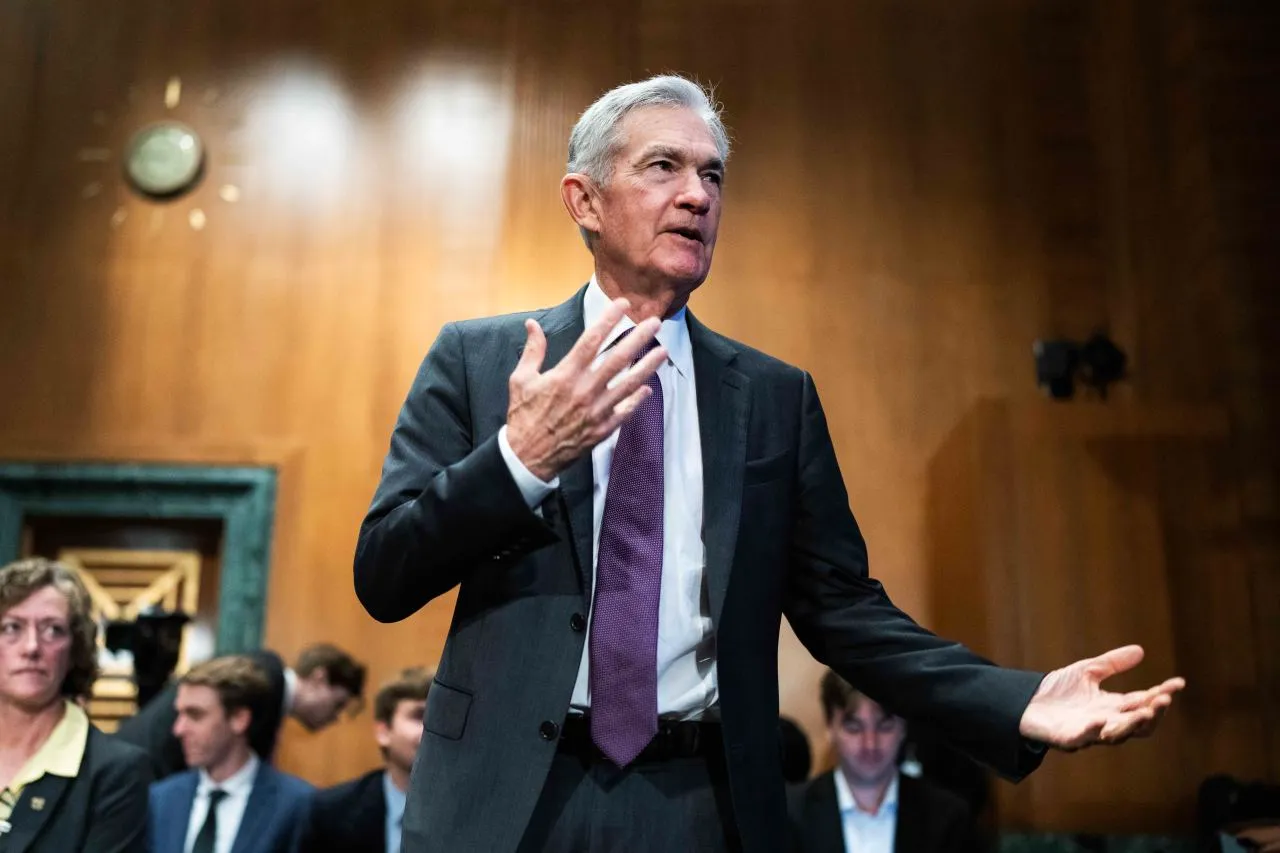A Slowdown in Job Growth Boosts Interest Rate Cuts by the Federal Reserve
U.S. Treasury bonds surged on Friday after a closely watched labor market report revealed job growth came in weaker than expected, fueling expectations that the Federal Reserve will soon begin cutting interest rates.
The data signaled a cooling labor market, which investors believe could prompt policymakers to shift toward more accommodative monetary policy in the coming months.
Yields on short-term and long-term government bonds fell sharply following the release. The two-year Treasury note yield, which is highly sensitive to Fed policy outlooks, dropped 15 basis points to 3.80%.
Meanwhile, the benchmark 10-year yield declined by 8 basis points, reflecting increased demand for safe-haven assets as traders reassessed the economic trajectory and interest rate path.
Interest rate swaps markets quickly adjusted to the new data, with traders now estimating a 66% chance that the Fed will lower its benchmark rate by a quarter percentage point as soon as its September policy meeting.
Furthermore, markets have fully priced in another rate cut in October, indicating widespread belief that monetary easing is imminent. Such moves would mark a significant shift after the Fed’s extended period of maintaining rates at elevated levels to combat inflation.
The Bureau of Labor Statistics reported that nonfarm payrolls increased by only 73,000 jobs in the most recent month, well below economists’ expectations. Adding to concerns about labor market weakness, figures for the prior two months were sharply revised downward, suggesting the slowdown in hiring has been more pronounced than initially reported. At the same time, the unemployment rate edged higher to 4.2%, further reinforcing perceptions that the once-resilient job market is losing momentum.
Analysts say this data provides the clearest signal yet that the economy is beginning to feel the weight of restrictive monetary policy, which has aimed to cool inflation by slowing growth and hiring. The report has shifted market sentiment, with many investors now anticipating that the Fed will need to act sooner rather than later to prevent a more significant economic downturn.
Treasury market strategists pointed out that the reaction in bond yields underscores growing confidence in a pivot toward rate cuts. Lower yields suggest investors expect future borrowing costs to decline as the Fed seeks to stimulate the economy.
This outlook is a notable change from earlier in the year, when concerns about persistent inflation had fueled speculation that rates might remain high for an extended period or even rise further.
The move in short-term yields, in particular, highlights how quickly expectations can change based on labor market conditions. A drop of 15 basis points in two-year notes reflects one of the largest single-day declines in recent months, showing traders’ eagerness to position for an eventual policy shift.
Meanwhile, the flatter movement in 10-year yields indicates that while growth concerns are mounting, investors do not yet foresee a deep recession requiring aggressive long-term easing measures.
Market observers note that while a September rate cut is not yet guaranteed, the probability has increased significantly compared to prior weeks. The fully priced-in October cut demonstrates a strong consensus that at least one policy adjustment is now likely before year-end.
Fed officials have previously indicated they are monitoring employment trends closely as they weigh future decisions, meaning this report could be a pivotal factor in shaping upcoming policy discussions.
Economists caution that additional labor market data, including wage growth and participation rates, will also play a role in determining the timing and scale of rate cuts. Nonetheless, the latest figures add to a growing list of indicators—such as softer consumer spending and slowing manufacturing activity—that point to a cooling economy.
In the coming weeks, market attention will focus on further economic reports and comments from Federal Reserve policymakers for clues on whether they will confirm market expectations of an imminent rate reduction.
For now, the sharp rally in Treasuries reflects a widespread belief that the Fed is approaching the end of its tightening cycle and may soon begin shifting toward supporting growth through lower interest rates.

Subscribe to our newsletter!
As a leading independent research provider, TradeAlgo keeps you connected from anywhere.








